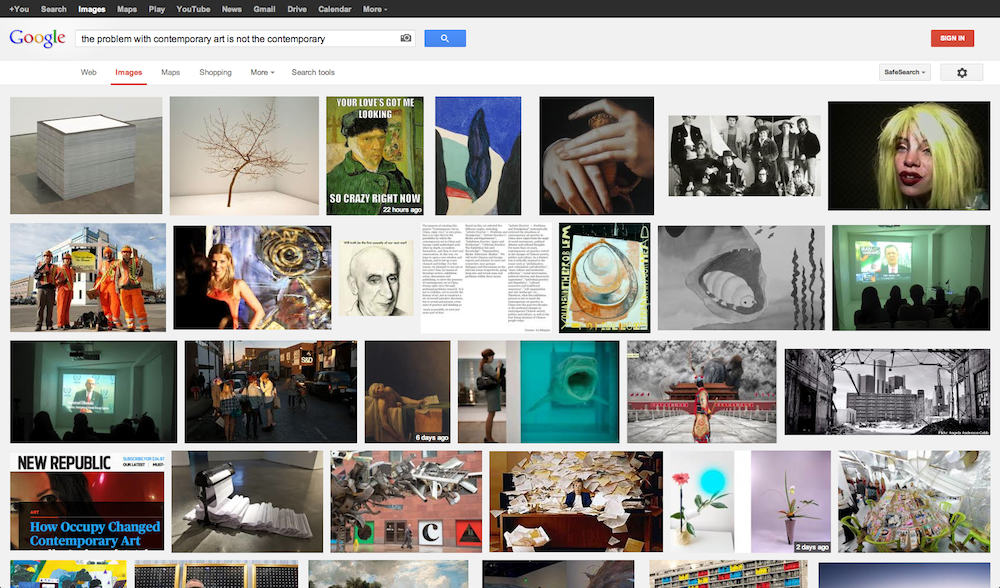Talk
May 17, 2013, 7pm
Suhail Malik, with responses from Liam Gillick
- The problem with contemporary art is not the contemporary
In which contemporary art’s attribution of its limitations to the contemporary is disputed.
Artists Space presents the second in a series of talks and discussions led by writer and cultural theorist Suhail Malik, based on his research and writing on the conditions and shortcomings of contemporary art. Continuing over a six-week period, the format provides scope for sustained dialogue and responses to Malik’s propositions. Each session will involve the participation of guest artists and writers as respondents.
